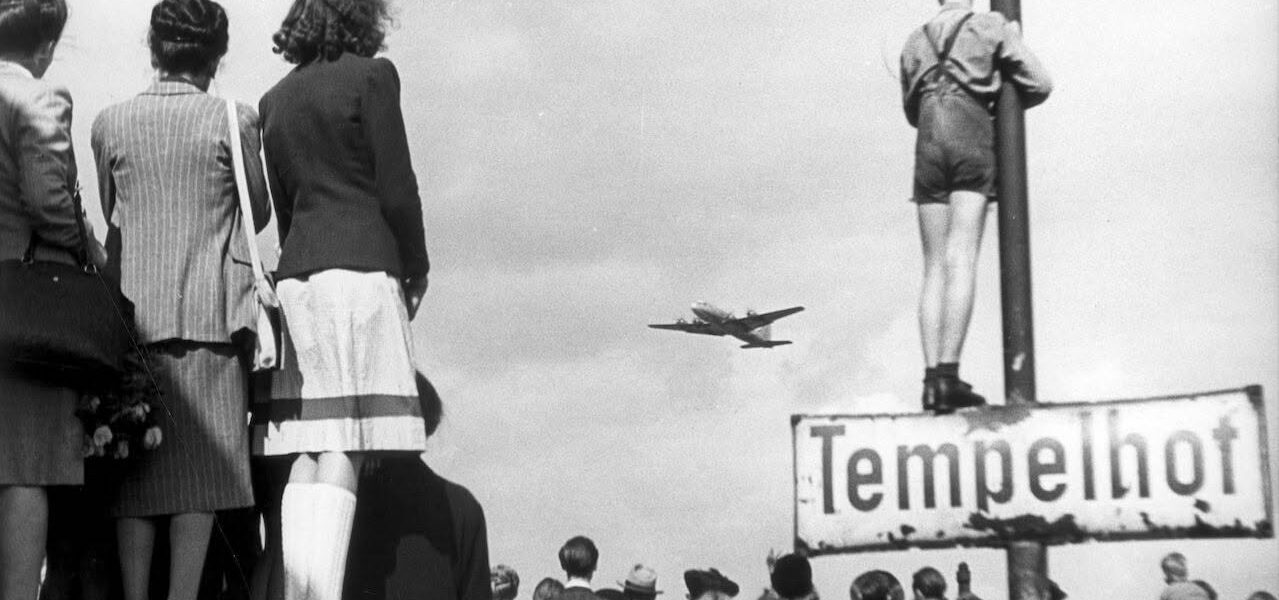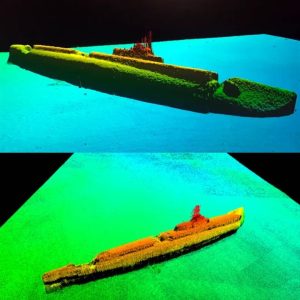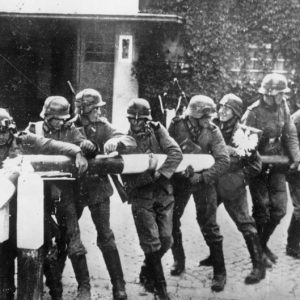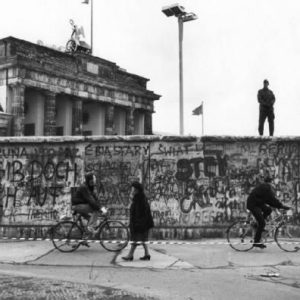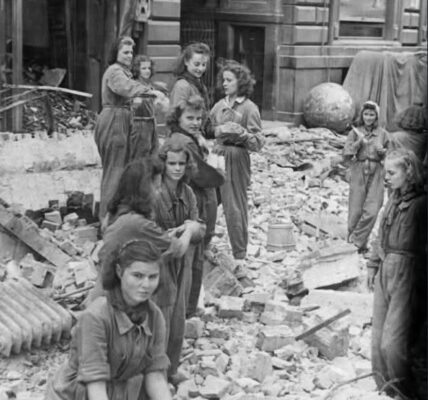
After the end of World War II, Berlin lay in ruins. The city was divided between the four victorious Allied powers – the United States, Great Britain, France, and the Soviet Union. But tensions between East and West soon became palpable. When the Soviet Union blocked all land and water routes to West Berlin in June 1948, the population faced catastrophe. No electricity, no fuel, no food – over two million people were suddenly cut off from the outside world.

But instead of bowing to the pressure, the Western Allies responded with an unprecedented logistical feat: the Berlin Airlift. What initially seemed like a hopeless undertaking developed into one of the most significant humanitarian and technical successes of the postwar period. Within a very short time, the Americans and British organized an air supply system, with hundreds of aircraft daily supplying West Berlin with everything essential to life—from flour, potatoes, and milk to medicines and fuel.
Tempelhof Airport in Berlin became a symbol of this hope. Day and night, so-called “raisin bombers” landed – so named because they parachuted in not only food but also small sweets for the children. This period became a formative moment, especially in the eyes of the younger generation. Children climbed onto roofs, lampposts, and trees to see the approaching planes – like the boy in the photo, who stood on a street sign to get a better view of the planes.
\
Between June 1948 and May 1949, over 2.3 million tons of cargo were flown into the city—an incredible feat that not only secured supplies but also boosted the morale of the population. People stood in line for hours, helped each other, and despite the cold and hunger, a form of solidarity prevailed that had rarely been seen before. The airlift became a symbol of free will, of resistance against oppression—and ultimately, the beginning of the Cold War.
However, the effort also claimed victims. Over 70 people – pilots, technicians, and helpers – lost their lives during the airlift. Their names are now immortalized in a memorial at Tempelhof Airport. Their dedication and courage remind us that peace and freedom come at a high price – and that aid in times of need is an act of humanity that connects generations.
\
Today, the image of a boy longingly gazing after a transport plane is more than just a historical document. It is an expression of the zeitgeist of that time—a moment oscillating between hardship, hope, and childlike curiosity. The Berlin Airlift remains a milestone in the history of the 20th century. It shows what is possible when people stand together, overcome borders, and believe in the good in humanity.
 Note on historical context:
Note on historical context:
This article serves solely as a reminder of historical culture. The events surrounding the Berlin Airlift impressively demonstrate how solidarity, technology, and humanity can work together in difficult times.
